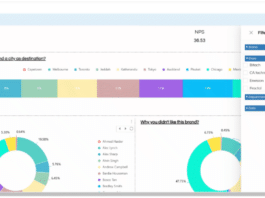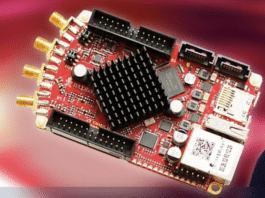TerminusDB aims to connects content, documentation, data, and processes to turn CMS from a resource drain into a cross-functional semantic knowledge centre.
A content and knowledge management system with a developer-centric focus, TerminusCMS is open-source and headless. An RDF graph database is hidden underneath, connecting JSON documents into a graph. It’s schema-based, and the schema instructs programmers to model their knowledge management needs. Businesses develop an organisational knowledge graph by modelling requirements and including operational/transactional data, content, documentation, and media.
The relationships between data and content are represented as graph edges in this knowledge graph, which not only connects the gaps between content and data silos but also adds business logic. Modeling intricate relationships is a strength of graph databases. Global firms have complex environments with extensive supply chains, teams from multiple regions, and need for local regulatory compliance. Knowledge can be gleaned from daily operations and transactions thanks to semantic linkages between people, content, and data.
A well-defined schema and semantically stored data are both beneficial, but to truly excel, they must also be discoverable and useable. With the help of the analytics engine in TerminusCMS, developers may use GraphQL as a legitimate graph query language. With TerminusCMS, hidden transactional and operational data, as well as previously siloed content, are discoverable and usable. Whether it’s a 365-degree view of customers that includes their most-viewed web pages, products they’ve bought, and CRM demographics, TerminusCMS can get the right information to the right audience.
Another technical revolution in business is about to happen that hasn’t happened since the Internet’s inception. Organizations now have the chance to include intelligent chat and discovery into their applications, websites, and back-office systems thanks to OpenAI’s ChatGPT, which has brought artificial intelligence (AI) into the public eye. Using semantically integrated data, information, and knowledge to train AI to create innovations for internal operations and customer experiences is the only effective approach to accomplish this.
With the help of TerminusCMS, IT professionals can create a knowledge infrastructure to power front- and back-office applications, enabling domains and customers to curate and build knowledge with each engagement. This information is accessible for analysis, sharing, and use throughout the organisation.
Gavin Mendel Gleason, TerminusDB CTO, commented, “Take a manufacturing company for instance, product marketing produces a product specification PDF, which is created in Word and converted to PDF. Instead of using Word, product management uses TerminusCMS. They have a simple user interface to input the data. This information can be reused, without duplication of work, across websites and applications. The information is also machine-readable and discoverable using queries. For example, management wants to make changes to a product component to make it cheaper to produce. They
need to see which products use this component. A quick search lists all products that include this component within the specification.”




